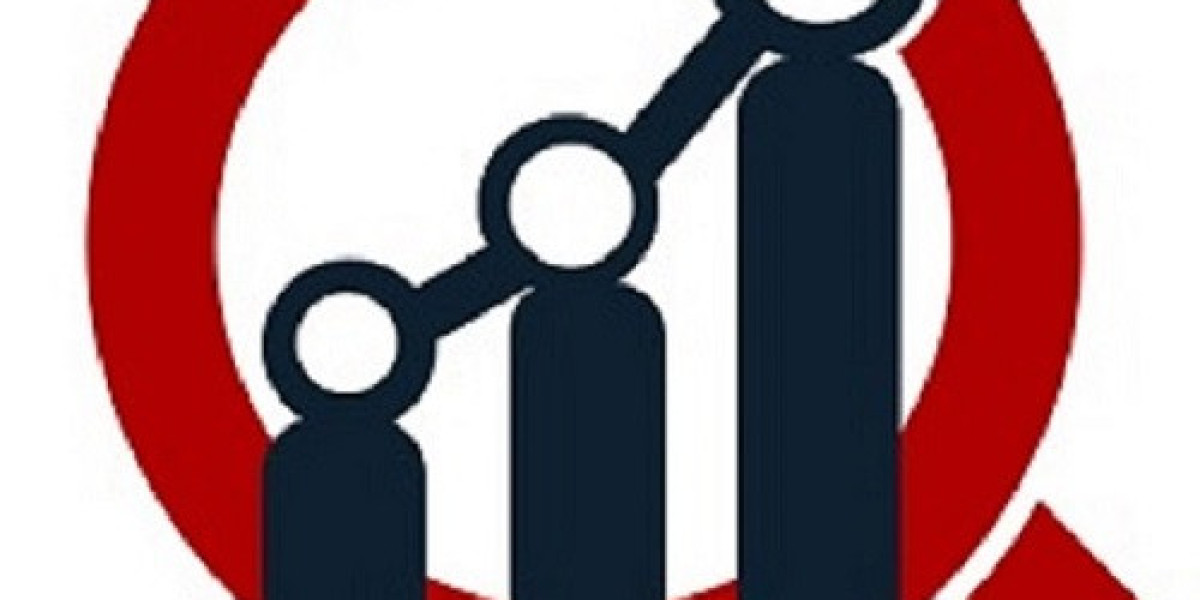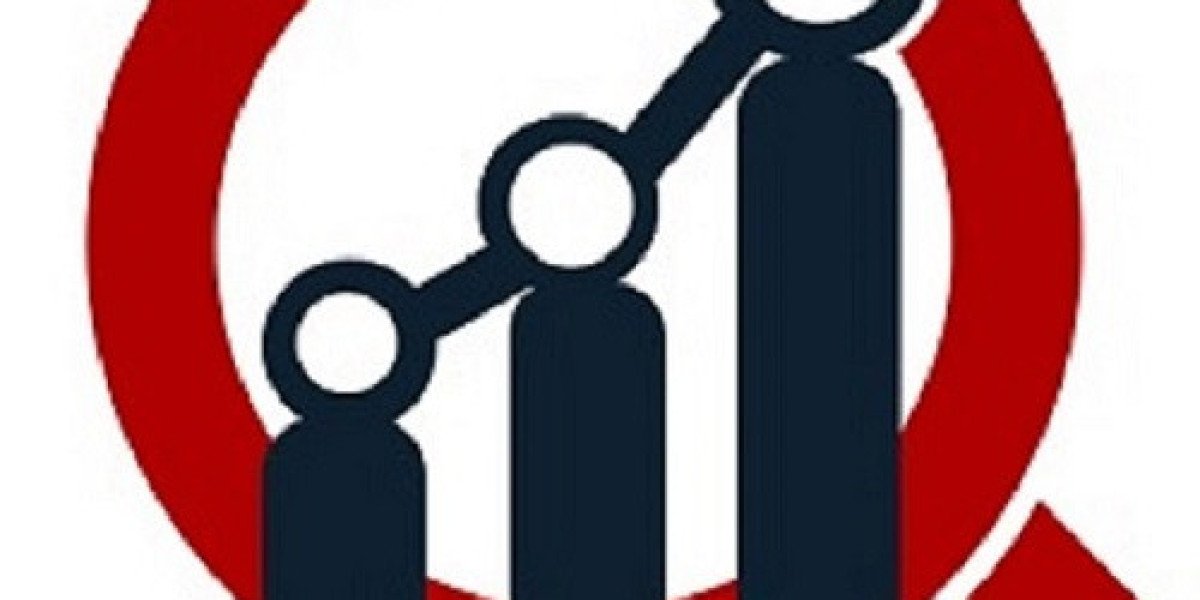Remote Monitoring and Control: Enhancing Efficiency and Security
Remote monitoring and control technologies are transforming industries by enabling businesses to oversee and manage operations from virtually anywhere in real-time. This technology allows users to remotely access data, monitor system performance, and make adjustments without being physically present at the site, leading to increased operational efficiency, reduced downtime, and improved decision-making.
Used extensively in sectors such as manufacturing, healthcare, energy, and utilities, remote monitoring and control systems provide a crucial layer of flexibility and control. Whether managing industrial machinery, monitoring environmental systems, or ensuring the performance of critical infrastructure, this technology is indispensable for organizations seeking to optimize processes and respond proactively to issues.
Remote Monitoring and Control Market Size was valued at USD 1.5626 Billion in 2023. The Remote Monitoring and Control industry is projected to grow from USD 1.8782 Billion in 2024 to USD 6.809 Billion by 2032, exhibiting a compound annual growth rate (CAGR) of 17.47% during the forecast period (2024 - 2032).
Segments of the Remote Monitoring and Control Market
- By Application
- Industrial Automation
- Remote monitoring of machinery, production lines, and factory operations
- Energy and Utilities
- Monitoring power grids, oil rigs, renewable energy plants
- Smart grid and smart metering technologies
- Healthcare
- Patient monitoring systems (e.g., telemedicine, remote diagnosis)
- Equipment monitoring in hospitals and healthcare facilities
- Building and Facility Management
- Monitoring HVAC, lighting, and security systems
- Transportation and Logistics
- Fleet management and remote vehicle tracking
- Cargo and asset monitoring
- Agriculture
- Precision farming and remote monitoring of agricultural operations
- Security and Surveillance
- Real-time surveillance of facilities and critical infrastructure
- By Technology
- Internet of Things (IoT)
- IoT devices and sensors used for real-time data gathering and control
- Cloud Computing
- Cloud-based platforms for managing and analyzing remote data
- Wireless Communication
- Wi-Fi, LTE, and 5G technologies for remote communication
- Satellite Communication
- Remote monitoring and control via satellite networks, especially in remote locations
- Edge Computing
- Processing data closer to the source for faster decision-making and reducing latency
- By End-Use Industry
- Manufacturing and Industrial
- Energy (Oil & Gas, Renewables)
- Healthcare & Medical Devices
- Building Automation (Smart Buildings)
- Transportation and Logistics
- Agriculture
- Defense and Aerospace
- By Region
- North America
- Europe
- Asia-Pacific
- Latin America
- Middle East & Africa
Key Drivers of Growth
The growth of remote monitoring and control systems can be attributed to several factors, including advancements in IoT, cloud computing, and wireless communication technologies. These technologies enable the creation of smart systems that can be monitored and managed remotely, leading to improved operational efficiency, reduced operational costs, and greater flexibility.
In industries like healthcare, the ability to remotely monitor patients’ health has not only enhanced patient care but also allowed healthcare providers to offer services in remote or underserved areas. In manufacturing and energy sectors, real-time monitoring of equipment performance enables predictive maintenance, reducing costly downtime and ensuring systems run at optimal levels.
Challenges and Future Outlook
Despite the clear benefits, there are challenges to implementing remote monitoring and control systems, such as data security concerns, the complexity of integration with existing systems, and the need for reliable connectivity in remote areas. Cybersecurity, in particular, is a top priority as companies look to protect sensitive operational data and systems from threats.
Looking ahead, the future of remote monitoring and control is bright, with continued advancements in AI, machine learning, and automation that will enable even more proactive and intelligent decision-making. As industries become increasingly digital, the demand for these solutions will continue to grow, particularly as remote and hybrid work models become more common and the need for real-time insights and responses intensifies.
Get Related Reports:


